In 2017, Brad Feld wrote an article in which he proposed that any startup can be viewed as essentially three machines: “(1) the Product machine, (2) the Customer machine, and (3) the Company machine.”
I love this model. For me, it captures what day-to-day strategy and execution feels like at a typical startup and many other kinds of organizations, too. The three machines must be high-functioning, and they must be aligned.
Feld adapted this framework from one of his investees, and when he first saw it, the machines had different names. I similarly want to tinker with his labels just a bit:
- As I’ve written previously, organizations must build relationships with diverse external stakeholders beyond just customers. Depending on the business model, those stakeholders could include consumers, press, unions, standards bodies, donors, local communities, analysts, employee recruits, investors, strategic partners, or influencers. For broad elasticity, I’d like to call the second machine “Relationships” instead.
- I’d like to relabel the third machine “Operations” to reflect that the emphasis here is on financial integrity, not cultural integrity. Company culture is critically important but is not an end in itself. The right internal culture is the one that optimally aligns and supports the three machines.
- I’ll keep the label “Product” for the first machine, but different kinds of organizations might want to use Offerings, Services, Products, Platform, Programs, or Programming instead.
Here are our three machines, relabeled:
Now I love the model even more, in part because it gives me a context and container for one of my favorite topics.
Over the course of many posts, I’ve talked about the importance of connecting human activity in an intentional way from an organization’s board down to its grittiest day-to-day interactions with the outside world. These linked strategies together comprise the “Relationships” machine in toto.
For those who don’t want to go digging, here is the complete series:
- Corporate strategy
- Business strategy and competitive advantage
- Brand strategy
- Marketing strategy and positioning
- Brand vs. performance marketing
- Aligning Marketing and Sales
In these articles, I’ve emphasized that an organization’s relationships with external stakeholders can and should be modeled as funnels. And Feld’s framework—especially with the tweaked labels above—makes it easy to see that each of the three machines is in fact a funnel: turning casual users into deeply engaged ones, new prospects into brand advocates, dollars into sustainable strategic advantage.
The details and specific metrics vary, but all businesses are measured on the health of these three funnels.
I’m not the only one to notice this. Check out David Ulevitch’s recent tweet and the conversation it inspired:
With only slightly different vocabularies and always-converging tools, software programmers, fundraisers, marketing analysts, and COOs are all working every day on FSMs (Finite-State Machines).
The three machines are Finite-State Machines.
Marketing today: the CEO view
Many startups break down marketing into three macro functions: product marketing, brand marketing, and performance marketing. If we layer these functions across the three machines, we might get something like this:
This illustration, though crude, makes some helpful distinctions.
- Product marketing is essentially about Product Market Fit and aligning product to customer needs.
- Brand marketing is essentially about scaling long-term revenue and creating intentional full-funnel relationships.
- Performance marketing is essentially about driving short-term revenue in a scalable, repeatable way.
If any of these functions is missing or misaligned, then the company’s marketing strategy will be incoherent and unsuccessful.
Blowing out this idea a bit further, this sketch shows the high-level marketing skills stack that supports the Relationships machine:
Questions for all CEOs: Are all these functions covered? Are they deeply connected to each other? Is this Relationships machine fully aligned with our Product and Operations machines?
Marketing today: the practitioner view
Marketing in general is a bit under the gun as a profession.
Ten to fifteen years ago, Marketing’s star was rising, and there were many business articles suggesting—in the wake of Apple’s singular success and the explosion of the Web 2.0 economy—that the head of marketing position would become the new fast-track to the CEO role. Companies were expanding marketing budgets rapidly, and Marketing often controlled the digital platforms and data that were driving real or hoped-for innovation.
When former CMO Beth Comstock did not replace Jeff Immelt as the CEO of General Electric in 2017, for me it was one of many signs that the winds had shifted. Many observations could of course be made regarding that one story, but in recent years I’ve noticed generally that Marketing has retained large budgets for tools, campaigns, data, and staff… while losing relative internal power. CMOs now do not become CEOs typically unless they pass through the CRO, CDO, CPO, or COO roles first. In many organizations, the Head of Marketing isn’t a C-level role at all.
Meanwhile, below the Head of Marketing level, many marketing directors and senior marketers fight a daily battle where it can feel like everyone in the world is trying to do their job for them. I’ve seen company-wide democratic votes on everything from color palettes to ad spend to channel prioritization. Product marketers, brand marketers, and performance marketers overlap in their job functions all the time, and Sales and Customer Success can sometimes try to claim the bottom of the funnel for themselves and push marketers all the way to the top. Meanwhile, algorithms and monopoly tech ecosystems are slowly but surely automating many performance marketers out of a job.
It’s tough out there.
Across the Relationships funnel, and within it, roles are blurring. And although I feel for marketers, these trends aren’t going away anytime soon because they affect all business functions, and not just Marketing.
The most obvious example of this blurring is the rise of DevOps and DevSecOps in application development. Software used to be produced in a linear flow, with a clean separation between pre-launch development and post-launch performance. But that’s no longer true, thanks to the exploding complexity of code bases, the ubiquity of open source, the speed mandates of agile development, and the realities of Continuous Integration.
Tasks that used to be spaced along a timeline are merging into an endless “Now” where an individual developer may need to care about inherited code, code-in-development, and deployed code at the same time. The paradigm shift is from silos to holism.
What we’re seeing in Marketing is identical to what’s happening in software development, except instead of playing out across the lifecycle, the blurring is happening across the funnel.
The situations are parallel not only because the macroeconomic conditions and drivers are the same, but because software developers and marketers are working with increasingly inter-dependent and centralized ecosystems and data sets.
For marketers, what this means is that discrete areas of marketing like brand, performance, and product marketing, and then the channel specialties within them, are evolving towards Areas of Responsibilities (AoRs), not job titles. Multiple AoRs can be covered by one person, and that person might not always be a marketer, an internal resource, or a permanent hire. Different staffing approaches can sometimes work equally well, and contextual “right answers” can vary. The system, the machine, is what matters.
Software is eating the org chart.
Towards a new paradigm
Brad Feld’s “three machines” article focused primarily on the disconnect between what organizations need to do and how they are organized to do it. This is a perennial challenge, as scaling organizations get caught up in their internal dysfunctions and conundrums and lose touch with the outside world. Culture eats strategy for breakfast, and businesses inevitably ship their org chart.
That said, this evergreen challenge is taking place in specific and new historic conditions, and Feld’s model usefully clarifies for me the AoRs and job titles we’re most likely to find in the future. The closer a marketer aligns his or her career to the three machines, the more likely they are to have a valued and valuable job.
This new paradigm for day-to-day business management assumes as givens contemporary technology ecosystems, more dynamic and less predictable external conditions, and leaner staffing. In tandem with insistent economic pressure towards career specialization, there will be a countervailing push for the vocabularies and perspectives of Product, Relationships, and Operations to merge ever-closer. Organizations and individuals who are savvy about these deeper connections, and who focus on system-building and real-time observability, will do well.
We’re all working together on one job. The unexpected overlaps may feel uncomfortable and unfamiliar, but deeper integration, deeper understanding, and shared languages can unlock new human potential.
Chocolate and peanut butter together can taste pretty damn good.





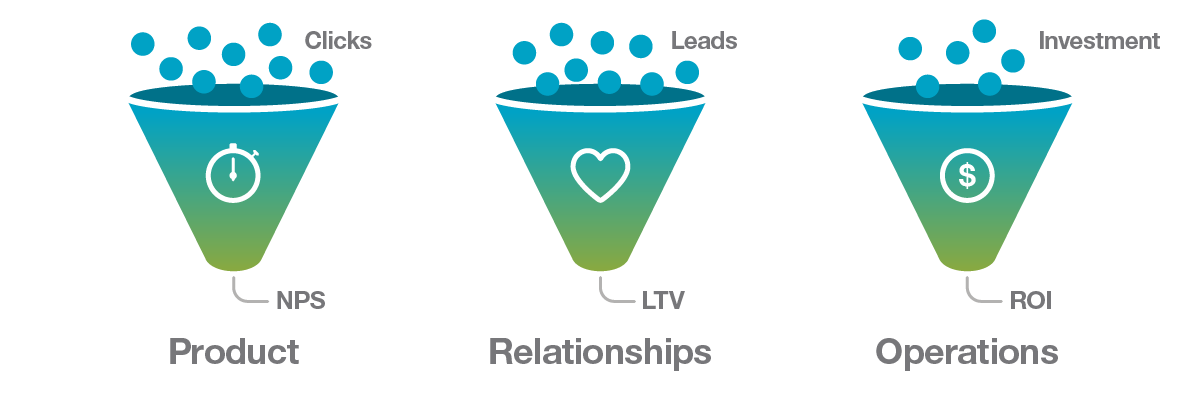
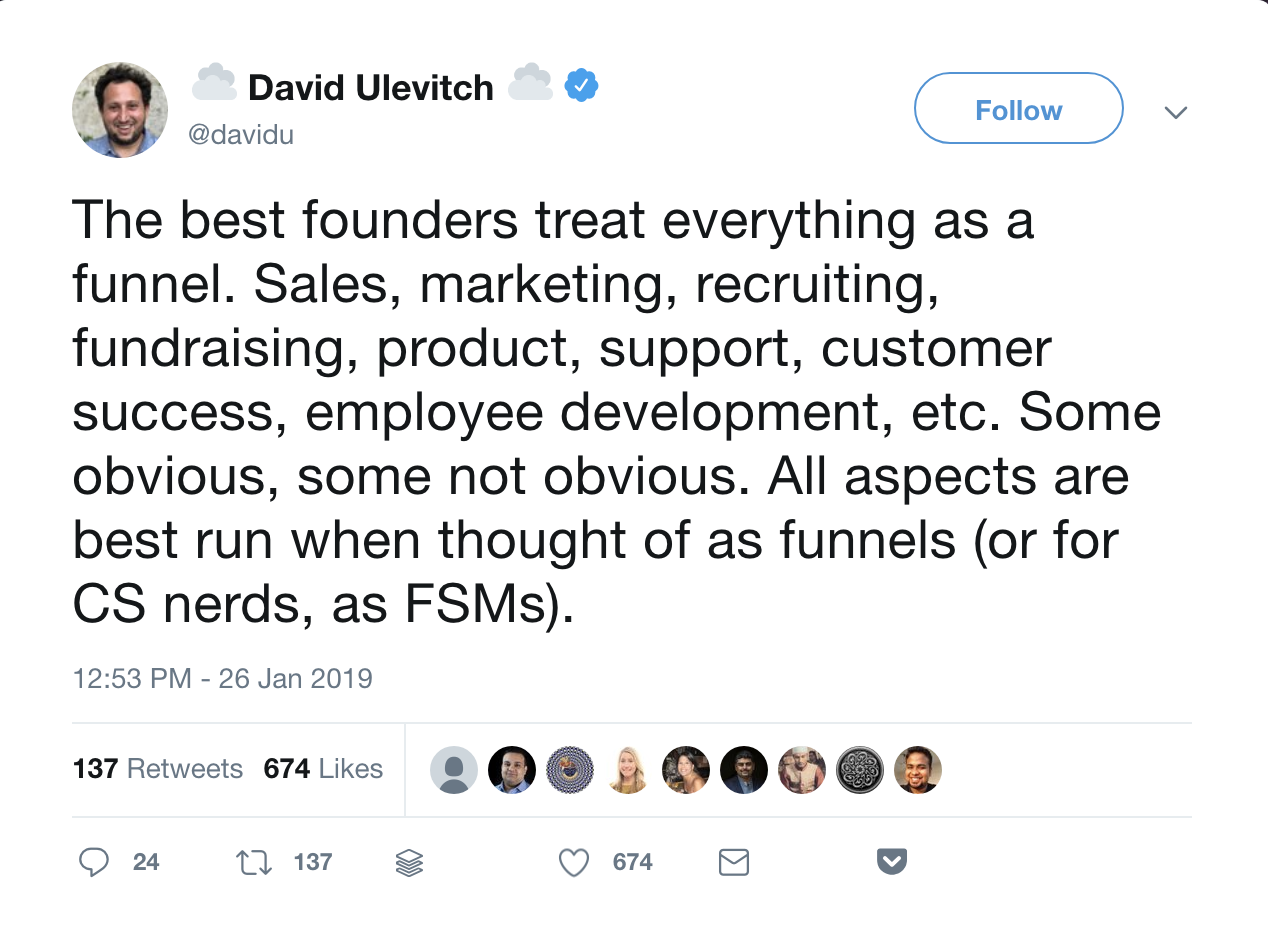

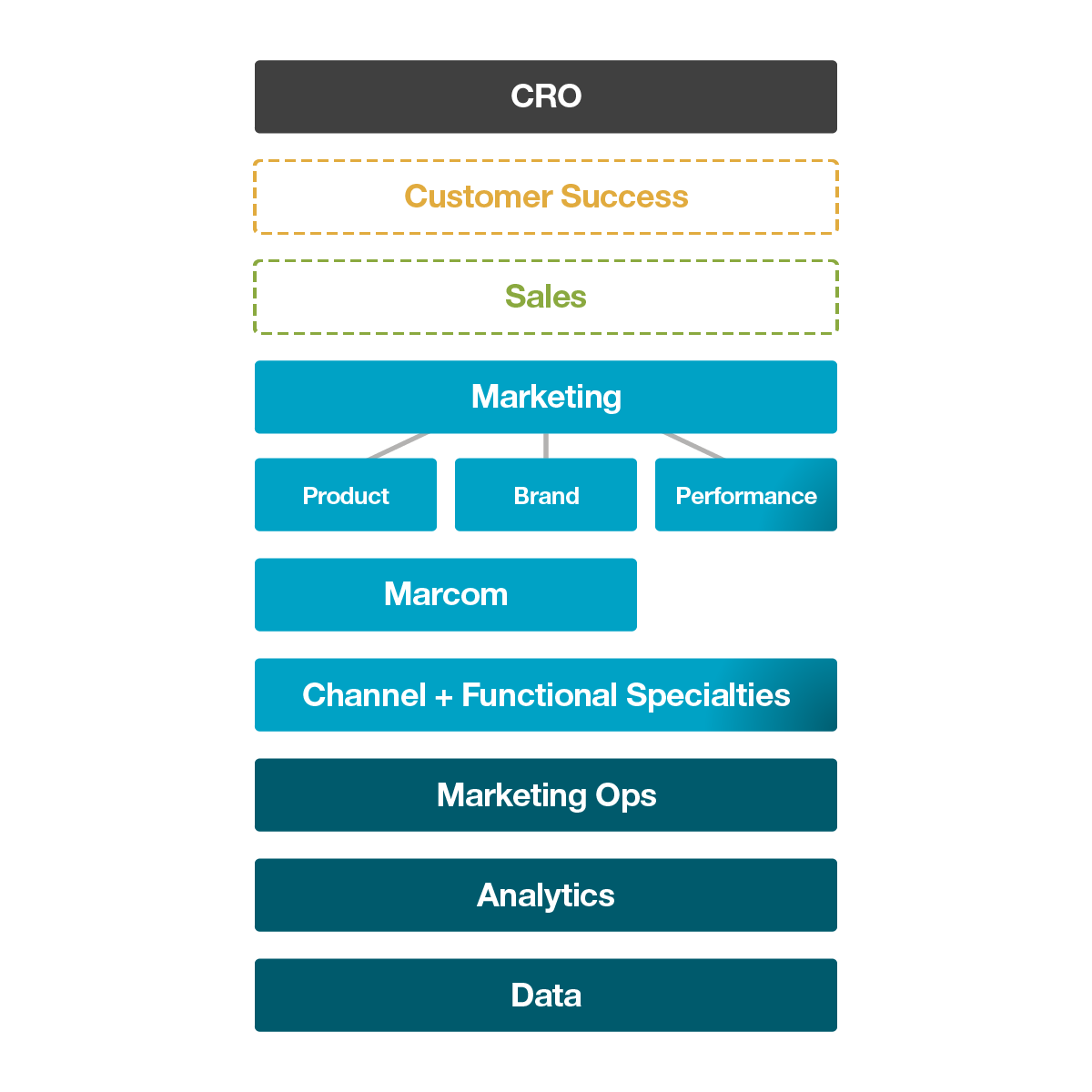
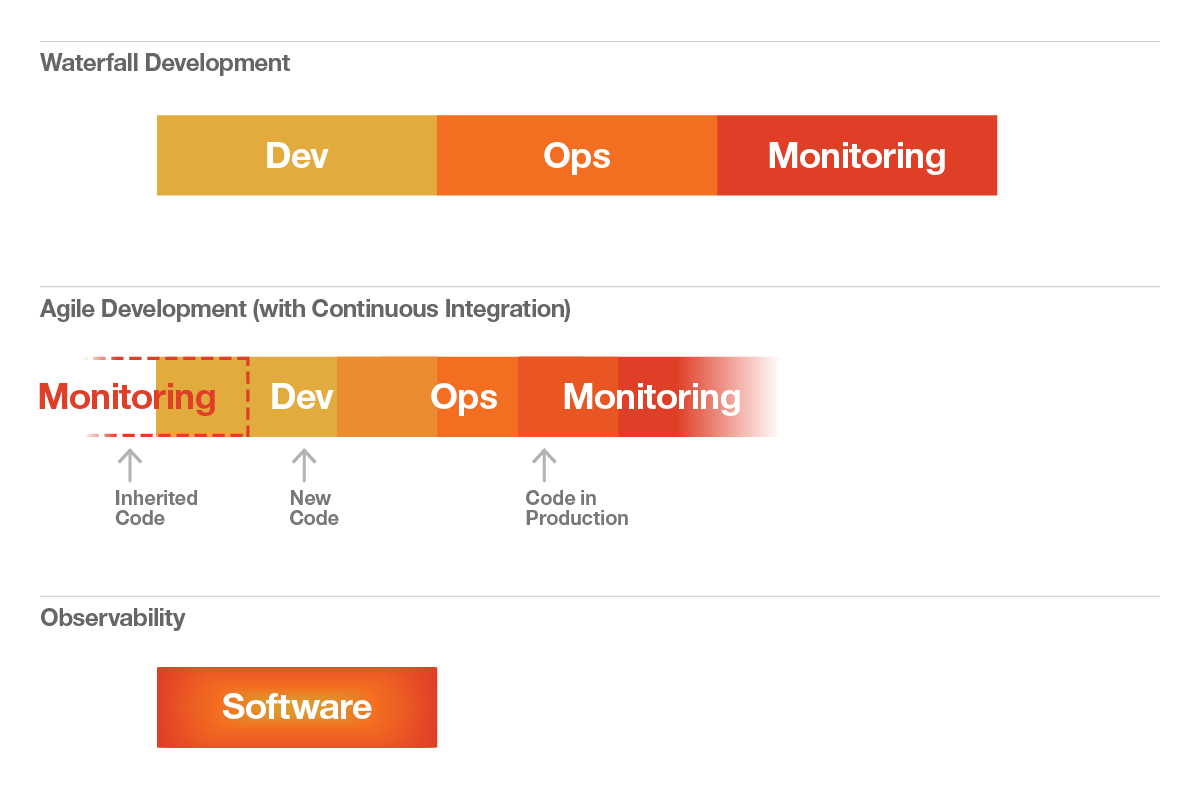
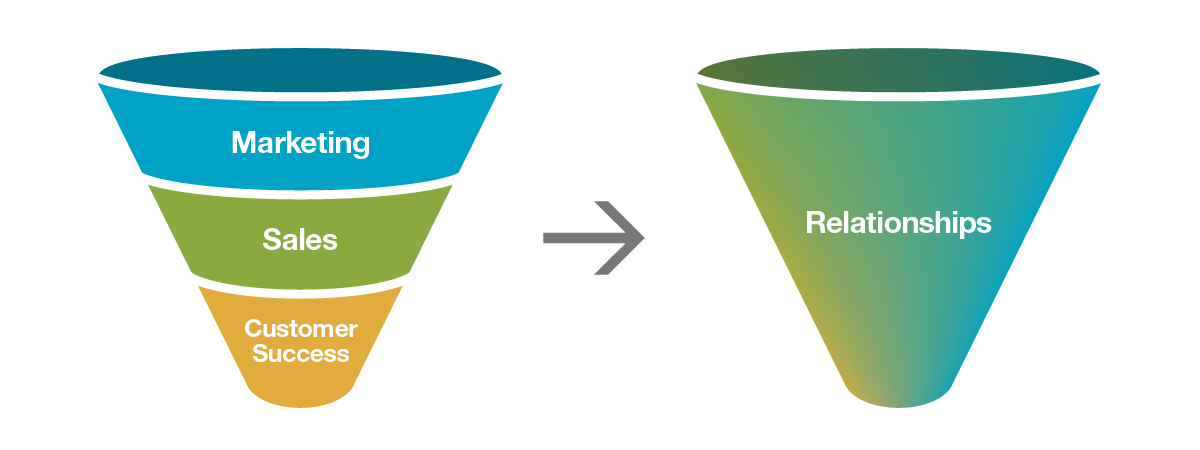
Leave a Reply